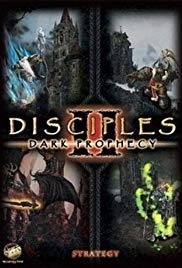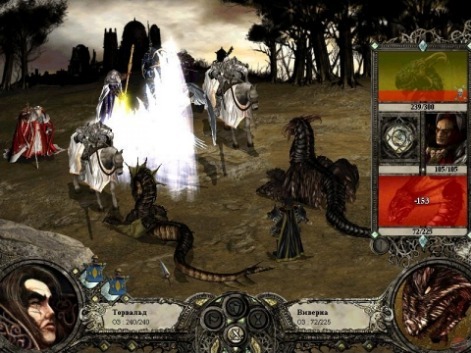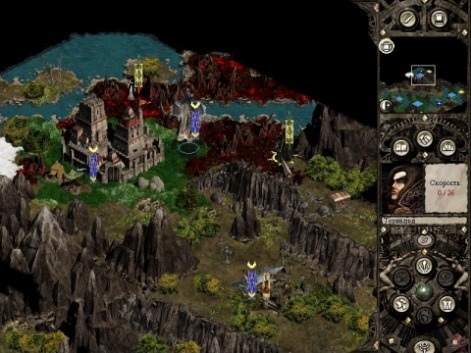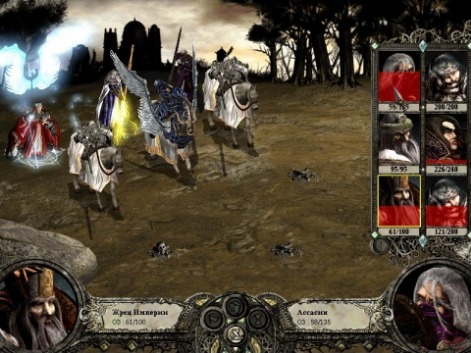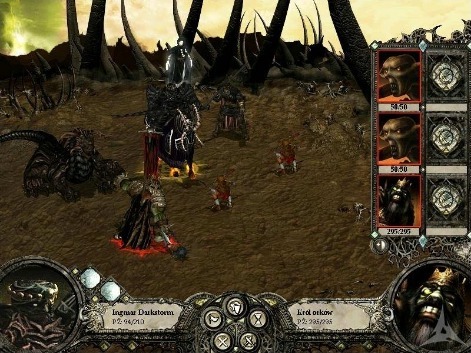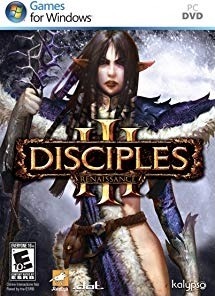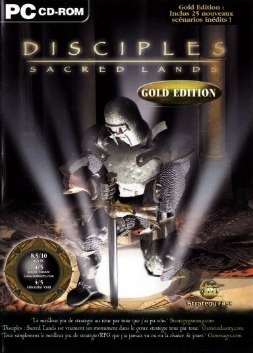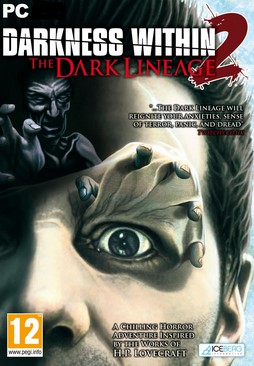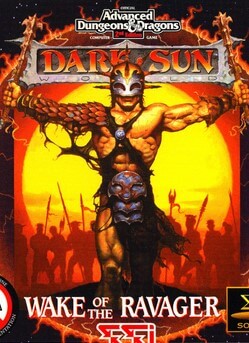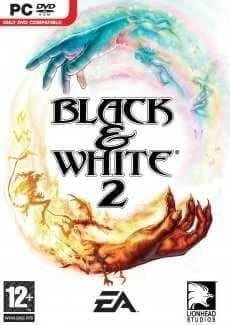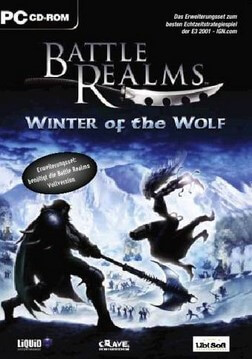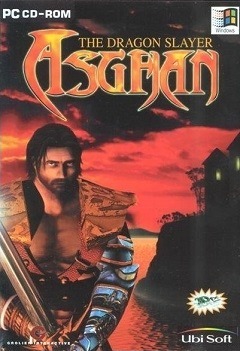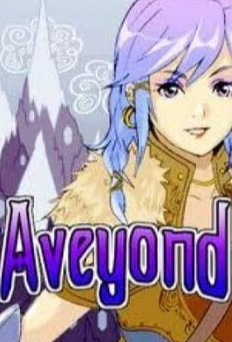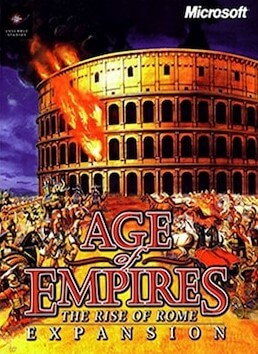Each playable race's Capital City is protected by an extremely powerful guardian, who is nearly impossible to defeat except with a very strong hero. The Capital City is the only city capable of building structures. Other cities may only upgrade themselves to allow them to mount larger defense forces.
Battles consist of confrontations between a hero's squad (which can take up to five other Warriors, bearing in mind that some large creatures such as dragons take up the space of two units) and an enemy squad. High praise is given to the excellent graphics and animations in these battles. At the end of the battle, the winning side receives experience points. All surviving units receive the same amount of XP. If sufficient XP is accumulated by a unit, it may then upgrade to another, determined by the type of structures in the Capital. If no next-level structures have been built, the unit does not level up and does not receive any more experience until the structure is built. The only exception is if the unit is at the end of the "upgrade tree", in which case it will remain the same unit but gain small increases to health, attack damage, and accuracy stats.
At the beginning of a campaign, the player may select his or her class (warrior, mage, or guildmaster). Each class has advantages and disadvantages. For example, a mage player may cast the same spell twice in a single turn, while a guildmaster has the ability to carry out more types of spying/assassination assignments. Besides player classes, the game also features five types of heroes (or leaders): Warrior, Mage, Ranger, Rod Bearer, and Thief. The first three differ only slightly, as they are all combat leaders. The Rod Bearers are the only leaders capable of claiming resources on the map. Thieves may perform special actions on enemy armies and cities.
Spellcasting may only be done outside of battles and requires the use of mana to both research and cast a spell. There are four types of mana (life, runic, death, and infernal) with the fifth type (grove) added for the Rise of the Elves expansion. Each race's spells are mainly reliant on their corresponding mana type (e.g. Empire -> life mana), although other mana types are required for higher-level spells. Grove mana is only required for Elven spells. Only one spell may be researched per turn, and a spell may only be cast once per turn (twice if the player is a mage class). Also, a mage player researches spells at half the normal cost.
During the single-player campaigns, the player may transfer one leader and five artifacts (including potions and one-shot spells) to the next level. At the end of a campaign, an option is given to save the player's top leader in a file for use in custom or multiplayer games.
Backstory
In the beginning, there was nothing. The elder god Highfather had many angel servants, one of whom was his favorite - Bethrezen. The Highfather adored Bethrezen so much, the elder god granted him the power to create and left him to his own devices. Bethrezen, striving to impress the Highfather, created a new world and named it Nevendaar in the angelic tongue. Once the world was complete, Bethrezen called on other gods to help him populate Nevendaar with living things. Gallean and Soloniele created the forests and the seas and populated them, besides wildlife, with elves and merfolk, respectively. Wotan created the dwarves on the mountains, only to have them dig back into the rock. Bethrezen created the humans. More gods came and created other minor races, but the main stage has been set. Bethrezen left to tell the Highfather of his creation, leaving other angels to watch over Nevendaar. Unfortunately, the angels resented Bethrezen being the favorite of the Highfather and decided to sabotage the new world. When the Highfather arrived to look upon Nevendaar, all he saw was war and destruction. Infuriated that Bethrezen would create such a world, the Highfather cast his favorite down into the core of his own creation for all eternity.
Ten thousand years have passed. Bethrezen, trapped inside the molten core of Nevendaar grew mad with anger and thirst for revenge at the Highfather and the creatures of the world. Unbeknownst to everyone else, he created a race of demons from the fiery lava of the core to be his army. Unable to escape his prison, Bethrezen sent forth his legions to destroy the humans, dwarves, elves, and all other living beings of Nevendaar. As it happens, the demons first struck in the elven lands, setting their forests ablaze. The elves panicked and fled their homes into the mountains of the Clans. The dwarves assumed the elves were invading and attacked the refugees. This prompted Gallean and Soloniele to demand that Wotan punish his children for the slaughter. Infuriated at their arrogance, Wotan killed Gallean and threw his heart into the sun. Soloniele jumped after it and managed to save it, but her own skin was burned away. Not only that, but she also changed inside. She found that she had the power to effortlessly kill people and then bring them back as her undead servants. Changing her name to Mortis, the fleshless goddess led her new undead minions on a crusade against the Mountain Clans to punish Wotan for killing her lover. Thus began the First Great War.
